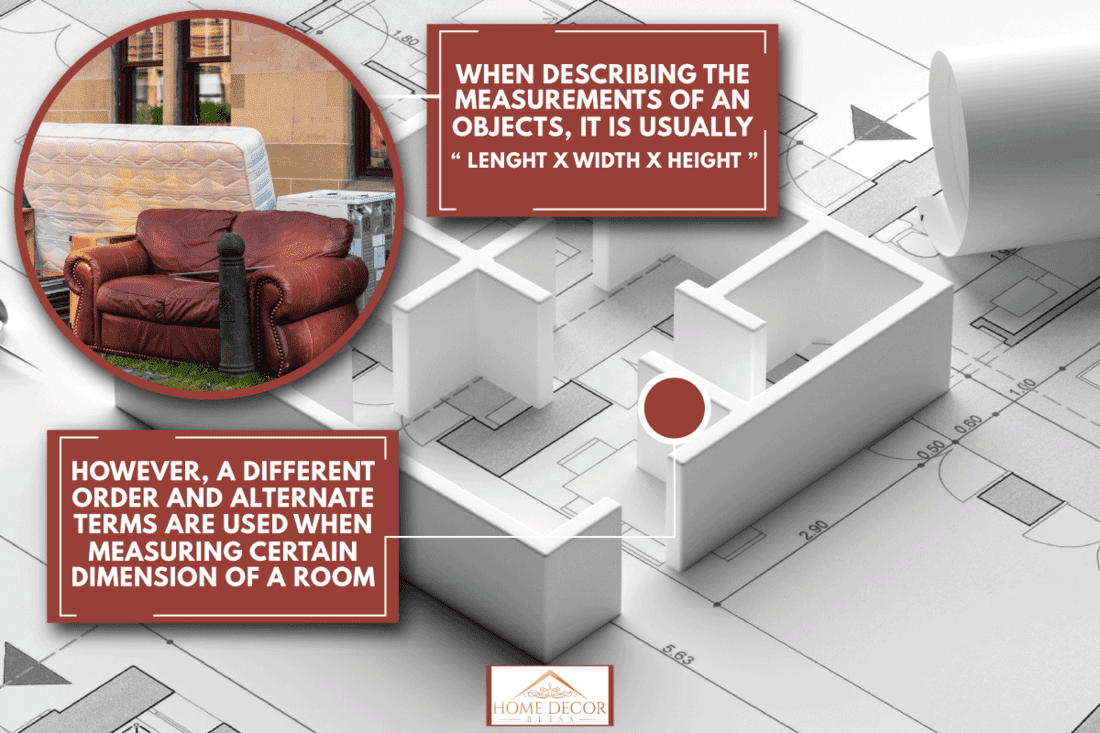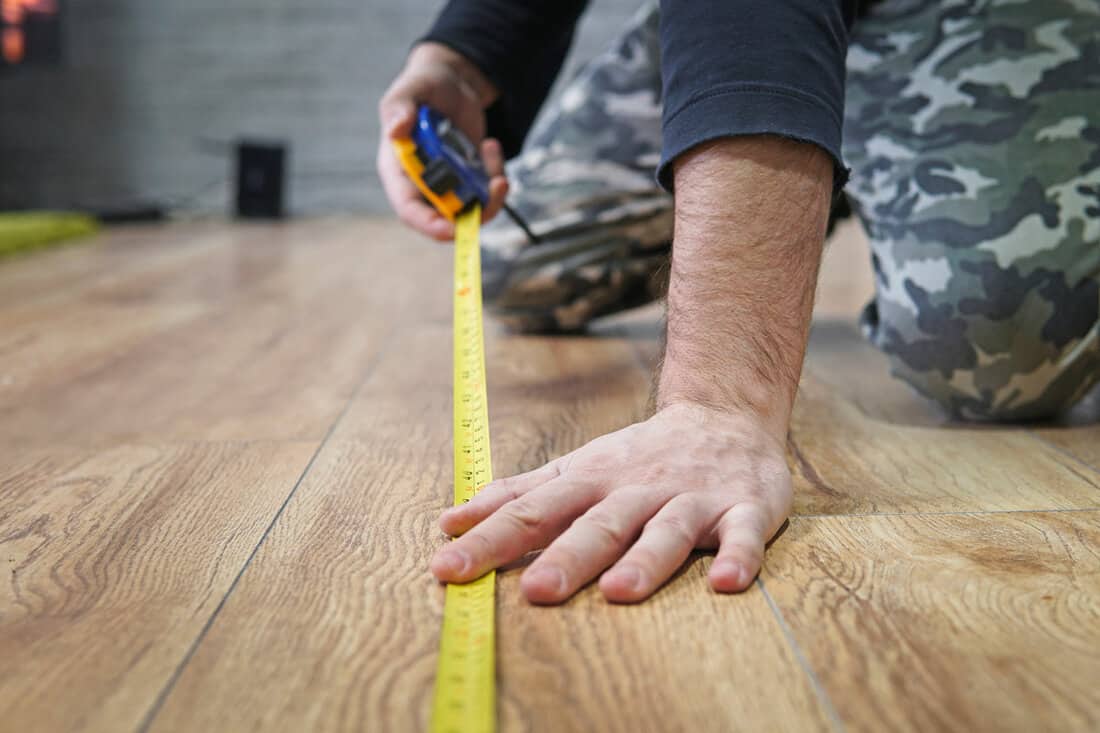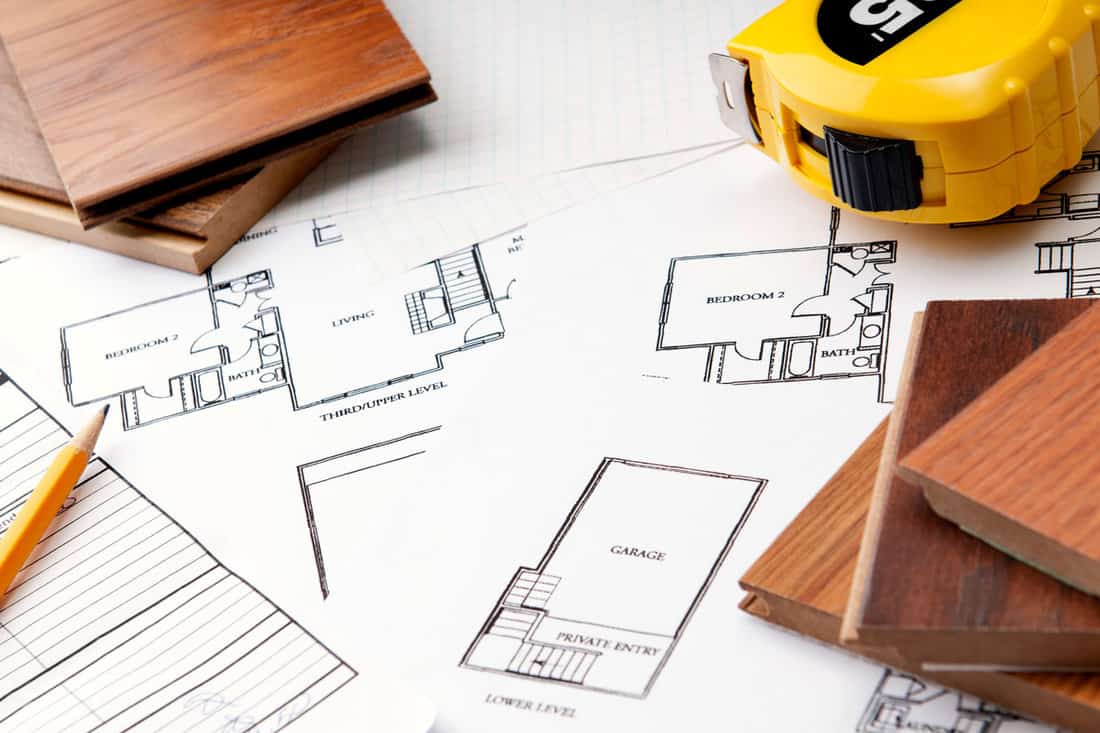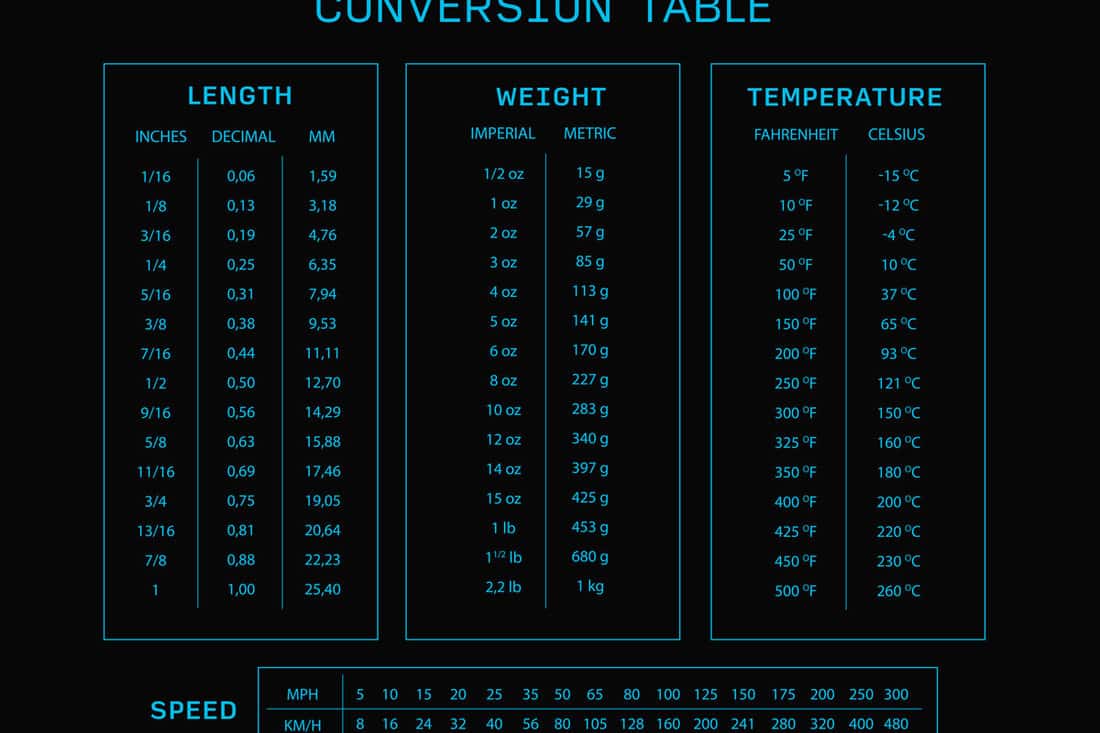If you are looking at the dimensions of an item, it will often read "A x B x C" to designate its width, height, and length. If you are wondering if there is an exact order for these three measurements, we can help you. We researched how an object's dimensions are shown so that you'll know what you are looking at.
When describing the measurements of an object, it is usually "length x width x height." There are some exceptions to this rule, however. A different order and alternate terms are used when measuring certain objects or the dimensions of a room.
Now that we know the proper order of describing an object's measurements, we'll take a closer look at what each one means. You might also be curious how measurements are listed for the rooms in a house or how you write out furniture measurements. For the answers to these questions and more, read ahead in this post to see what our research has uncovered.

Breaking Down Each Dimensional Measurement
While "length x width x height" might sound pretty straightforward, there might be some definitions of each measurement that are worth explaining. This way, when measuring an object, you'll know for sure which one to apply the tape or ruler to first.

We may include affiliate links and curated AI content to highlight top design styles.
Length
Length will mean the longest measurement of a rectangle. If this is a little confusing, a great analogy would be to think of a roadway. When telling someone how long it is, you are giving them the distance from point A to point B instead of the distance from one side of the road to the other.
The length of an object is looked at the same way. When measuring and calculating this, be sure that you are writing in the measurement for the longest side.
Width
If the length is going to be the measurement of the longest side of a rectangle, then the shortest measurement will be reserved for the width. When calculating the area of some objects or a room, this measurement can also be referred to as its depth.
Height
This measurement is used to describe how tall the object or room is. When looking at a rectangle that has been placed on its side, the height is the vertical measurement.
How Are Measurements Listed For The Rooms In A House?

When you are taking measurements in a room, there are a few items that you will need to be aware of so that your calculations will be correct.
Whether you are trying to figure out how much paint will be needed to cover the walls or how many square feet of carpeting you'll have to order for a particular room, knowing what dimensions to account for will be important.
To determine what measurements you'll need and how to calculate them, you'll need to know if you are wanting the total area of the room or the perimeter. While both use the same measurements to calculate, how they are calculated is starkly different.
The Area Of The Room
To calculate the area of a room, you'll need the room's length and its depth. The length is the longest measurement. The depth or width of the room will be the shortest.
The length and the width are multiplied together to get the total area. For example, if the length of the room is 10 feet and the width is 6 feet, the formula would be 10 x 6 = 60 square feet.
This way of figuring out the area of a room works if the room is square or rectangular. But some rooms are oddly shaped, with smaller recesses and places that jut in or out. To get the total area of these rooms, you'll want to break the room down into several areas.
For example, if you have a room with an alcove, you'll want to calculate the area of the room without it, then calculate the area of the alcove. By adding these two calculations together, you'll then have the total area of the room.
The Perimeter Of The Room
The perimeter of the room is used when you need the total distance around the border of the room. To get the perimeter, you'll want to have the length and width measurements handy.
For any room, the perimeter will be the total length of all sides. In a rectangular room, the formula would look like this:
Perimeter = length + width + length + width
If the room you are in is square, the formula would be:
Perimeter = length + length + length + length
Getting the room's perimeter is used to calculate many projects. Electricians use it to determine how much wiring is needed. A plumber might use it for their trade. The amount of baseboard or crown molding you'll need would be based on the room's perimeter.
How Do You Write Out Furniture Measurements?
If you are measuring furniture, you will use a formula to calculate a three-dimensional object. As always, the length will be the first one taken and recorded. This will be followed by the depth or width.
Finally, you will need to measure and tabulate the furniture's height. When you have all three measurements, you will then need to multiply them together:
Length x width x height = surface area of an object

What Are Imperial Measurements?
There are two common forms of measurement used in the world today. You might have heard the term Imperial System but are maybe unsure what it means. If you live in the United States or the United Kingdom, this is the standard form of measurement that you use every day.
When Britain ruled a great swath of the world, the Imperial System of Measurement was the standard. But after much of the world began to convert away from the Imperial method, few countries still use it.
You'll recognize familiar ways to measure distances and weights. Inches, feet, yards, and miles are all Imperial. Likewise, so are ounces and pounds.
What Are Metric Measurements?
The majority of the world has converted to the Metric System of Measurements. This system has a lot more information, but it is based on units of 10, making it a lot easier to grasp.
There are 10 base units for small numbers with a like amount for larger numbers within the Metric System, each of which can lead to additional results. For example, smaller units are calculated in descending order by size: deci, centi, milli, micro, nano, pico, femto, atto, zepto, and yocto.
For larger numbers, they are listed in ascending order: deca, hecto, kilo, mega, giga, tera, peta, exa, zetta, yotta.
This form of measurement is not only used for calculating distances. The Metric System has units for every conceivable measurement. No matter if you are figuring weight or volume, you'll find it in the Metric System. There is also a Metric Clock in which there are 10 hours on the face instead of 12.

Final Thoughts

Measurements are almost always written out in the "length x width x height" format. This mathematical computation makes calculating the total area of an object or the cubic feet of a space easy. When the measurements are given using the Metric System, be sure you know how to convert them to the Imperial Measurements used in the United States.
We hope this post on measurements answered all of your questions. For additional information, we recommend reading the following posts:
How To Read A Tape Measure [Inches, Feet, Cm, And Meters]



